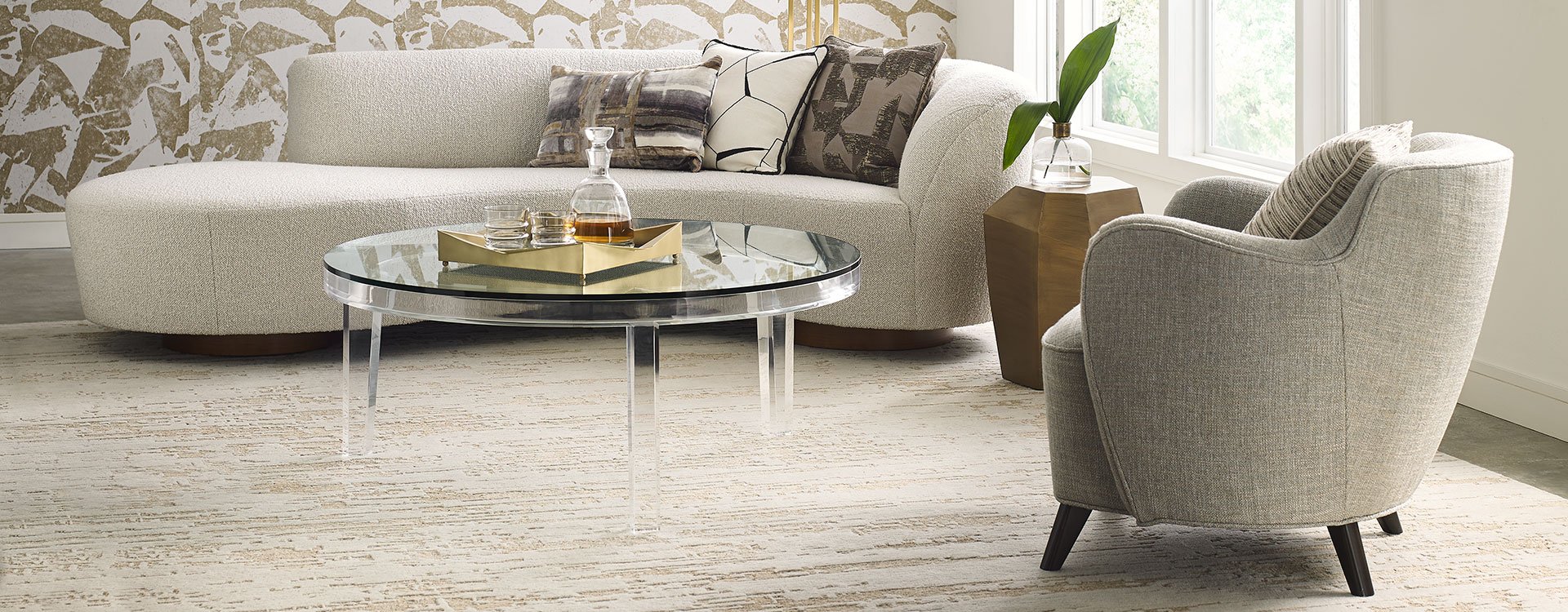We have some good news and some bad news about furnishing lead times at the beginning of 2022. Let's start with the good news, shall we? It’s not too surprising that it comes from the industry leader, Kravet:
“Say goodbye to long lead times. With our dedication to getting you what you need when you need it, Kravet is always offering innovative solutions to your time-sensitive needs.”
An astounding 90% of Kravet fabrics are in stock and ready to ship within 24 hours.
Kravet Furniture is offering their QuickShip frames, paired with 150+ fabrics, produced in 10-12 weeks. This is less than half the current industry lead times.
They offer same-day shipping for in-stock memos plus FREE FedEx 2nd day air shipping (which we can drop-ship directly to your clients).
Need something even quicker? Contact TD Fall & Co today and we will get you what you need!
Bad News About Furnishing Lead Times
According to an article at the global freight booking platform Freightos.com, the somewhat optimistic predictions for the new year have been slow to be realized.
“With ongoing pandemic-related delays and closures, non-stop demand for ocean freight from Asia to the US, and a lack of capacity, ocean rates are still very elevated and transit times volatile. Transpacific ocean rates have been more stable at the start of the year. Despite this stabilizing trend, rates remain 8-9 [times] higher than the pre-pandemic norm.
“Continued disrupted schedules and port congestion, combined with omicron slowdowns and Lunar New Year, mean that importers have yet to see any significant improvement in shipping conditions in 2022.”
Trucking Delays and Shipping Cost Increases
“With high demand from consumers, importers are rushing to replenish inventory, causing capacity in trucking to tighten and driving rates up. Now many observers warn that quarantine rules for returning truckers could cause significant delays even if goods manufactured over the holiday are ready to ship.
“Overwhelmed trucking, warehouse, and rail logistics are also contributing to the port delays, and to the overall slog in end-to-end logistics.
“Freightos.com marketplace data shows that in September, China-US ocean shipments took an average of 80 days to arrive at their final destination, 85% longer than in September 2019.” (emphasis added)
What You Can Do
Despite potential delays and high freight shipping costs, there are a few steps importers can take right now. Here are a few ideas to help you navigate the current freight market:
Compare at least a few quotes and modes to make sure you are getting the best cost and most efficient service possible.
Buffer your freight budget and transit time for changes. Costs due to unforeseen delays or limited capacity can arise, so be prepared.
Explore warehousing options to mitigate the effects of lowered demand and business restrictions in the US.
Pay attention to the profitability of your goods and consider if a pivot could be worthwhile. Additionally, remember to factor in freight costs when assessing profitability.
Here at TD Fall, we’re doing all we can to keep our ear to the ground (or ocean, as the case may be) where furnishing lead times and shipping delays are concerned.
And, as always, Ted is available with more than 25 years of experience and industry contacts he can put at your disposal with his business consulting services. Get in touch with TD Fall today.







